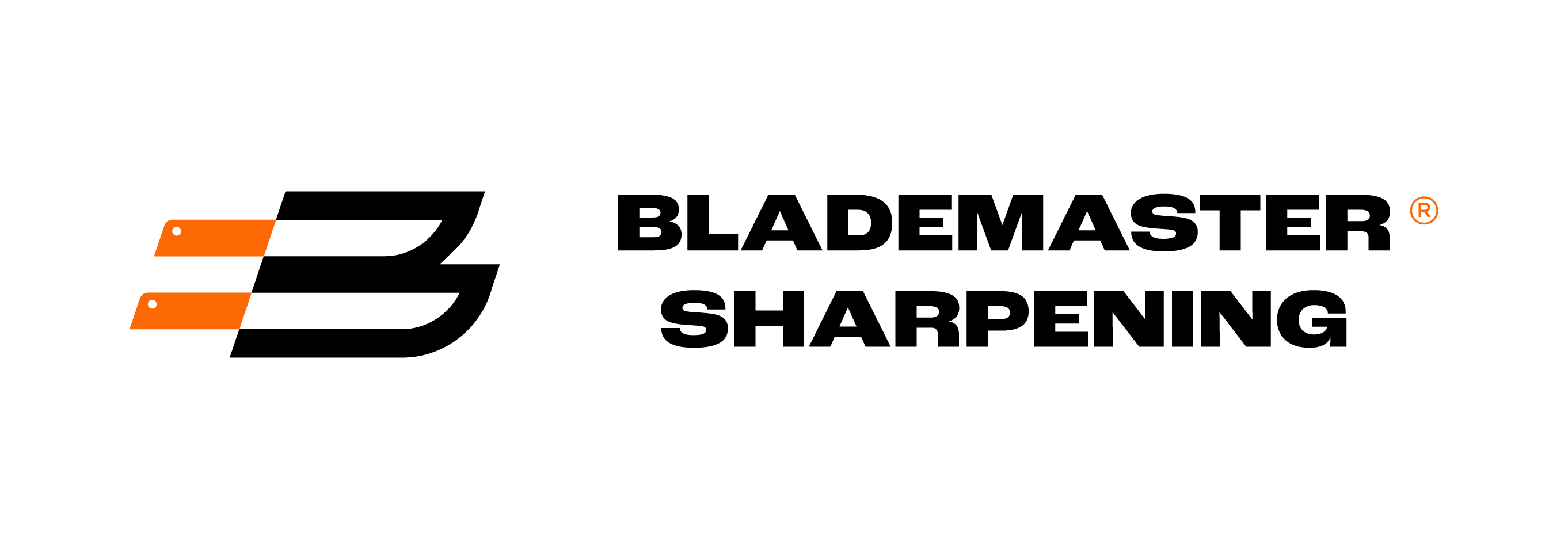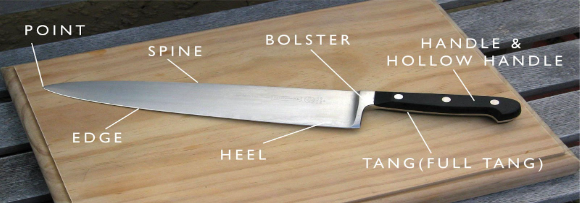Welcome to our knife sharpening series!
A sharp knife is an essential tool in every kitchen, allowing for precise and effortless cutting. Over the next few posts, we’ll explore the art of knife sharpening, sharing tips, techniques, and recommendations to help you keep your blades in top condition.
Before diving into the sharpening process, let’s take a closer look at the anatomy of a knife blade. Understanding the different parts will help you better comprehend how to sharpen your knife effectively.
- Point: The point refers to the very tip of the knife. It is typically sharp and is used for precision tasks such as piercing or scoring.
- Spine: The spine is the top, thicker, and non-sharpened part of the blade. It provides stability and strength to the knife.
- Edge: The edge is the cutting surface of the blade. It runs from the heel to the point and comes into contact with the material being cut. It is sharpened to create a sharp, effective cutting edge.
- Heel: The heel is the rear part of the blade, located closest to the handle. It is generally the thickest and strongest section of the blade, suitable for tasks requiring more force, such as chopping.
- Tang: The tang is the portion of the blade that extends into the handle. It adds balance and strength to the knife. Full tang knives have the tang extending the full length of the handle, while partial tang knives have a tang that extends partially into the handle.
- Handle: The handle provides a grip for the user and is typically made of materials such as wood, plastic, or composite materials. It offers comfort, control, and stability while using the knife.
- Bolster: The bolster is the thick junction between the blade and the handle. It adds weight, balance, and stability to the knife. Some knives have a full bolster that extends the entire width of the blade, while others have a half bolster that only covers part of the width.
Understanding these knife anatomy terms helps you communicate and choose the right knife for specific tasks. It also aids in proper handling, maintenance, and care of your knives.
Stay tuned for more knife-related tips and knowledge in our upcoming posts! MBS

